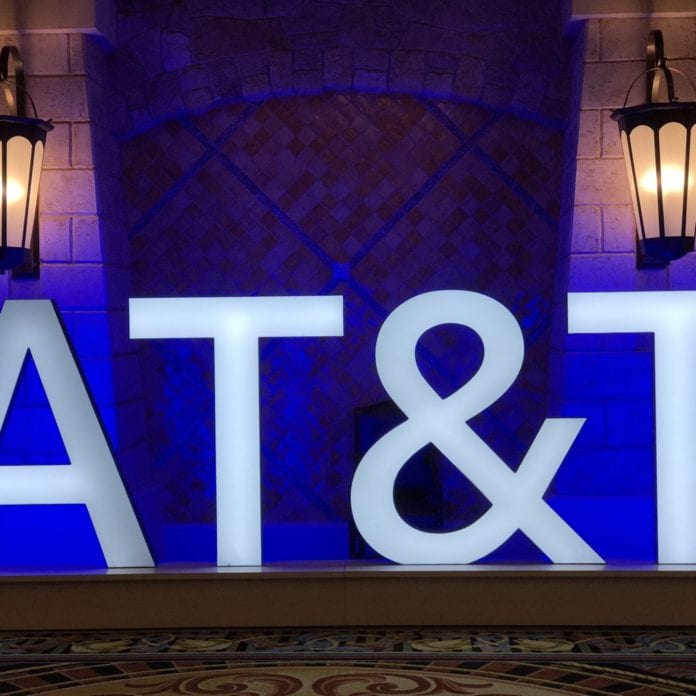Cloud underlies NFV, SDN and automation capabilities
On the heels of a series of cloud-related announcements, AT&T’s Chris Rice, senior vice president of network cloud and infrastructure, pulled the lens back and explained the company’s larger strategy around cloud computing, automating network management processes and how that relates to 5G.
AT&T has regularly benchmarked its virtualization efforts, originally pinned to it’s Domain 2.0 strategy, which evolved to include a network orchestration platform called ECOMP that’s now open source, called ONAP and hosted by the Linux Foundation. Rice, in a recent blog post, said the operator’s “commercial 5G network was the first network born in the cloud,” a move that lowers costs and enhances operational capabilities.
To recap some of the relevant recent news:
- AT&T and IBM entered a multi-year agreement that will move AT&T Business’s internal applications into the IBM Cloud.
- AT&T announced Microsoft as its “preferred cloud provider for non-network applications” wherein the operator’s workforce will use Microsoft 365 apps and “non-network infrastructure” apps go into the Azure cloud.
- With Dell Technologies, parent company of EMC, VMware and others, AT&T will explore open source tools with an eye on “network disaggregation,” automating “cloud provisioning and lifecycle management” using “containers as the unit of software delivery.”
So what does all of that mean? “We’re using cloud technologies to modernize and streamline our business applications, accelerate innovation and new services with customers, and quickly deploy software-defined network (SDN) technologies and virtual network functions to power our own network,” Rice wrote. And doing that involves a multi-cloud approach.
AT&T has an internal private cloud that initially hosted network and non-network applications. But given the varying workloads associated with things like provisioning capacity as compared to an internal application like a collaboration tool, it was prudent to bifurcate that single, private cloud only approach.
The critical network applications remain in the company’s private cloud built on an open source platform called Airship that was developed with SK Telecom, Intel and the OpenStack Foundation. That’s a container-based platform that works “in a declarative way to automate what used to be the mostly manual process of building, managing and upgrading our cloud…In short, that automation also lets us deploy, manage and upgrade our software-defined network, as well as the workloads that run on it, more quickly and seamlessly than we could,” Rice wrote.
AT&T hosts its 5G packet core on the private network cloud. Right now the carrier is offering a limited, invite-only 5G service using its millimeter wave spectrum holdings in parts of 21 cities: Atlanta, Austin, Charlotte, Dallas, Houston, Indianapolis, Jacksonville, Las Vegas, Los Angeles, Louisville, Nashville, New Orleans, New York City, Oklahoma City, Orlando, Raleigh, San Antonio, San Diego, San Francisco, San Jose and Waco. The goal is to turn up in 30 cities, which Chicago, Cleveland and Minneapolis named, by the end of this year with nationwide service sometime in the first half of 2020.
On the public cloud side, Rice said the decision to work with IBM and Microsoft, “allows us to take advantage of the elasticity and cloud economics while letting us focus on what we as a company do best: deploying and running world-class networks.”
The role of cloud and IT systems in 5G was highlighted last week at the VMworld event in San Francisco. VMware’s Rajiv Ramaswami, COO of products and cloud services, said operators can take a horizontal approach or a vertical approach to virtualization and cloud. The horizontal view “would be a VMware stack then building on top of that with whatever they want. The other option is to go with a fully verticalized stack where everything is fully integrated. We provide the broadest open ecosystem for telcos to run their apps. On top of that we provide tools for them to monitor, to optimize their infrastructure. They want that freedom and flexibility. We see that as a big opportunity for us.”

